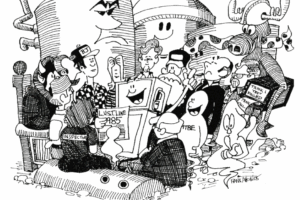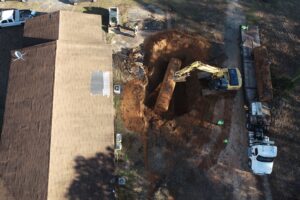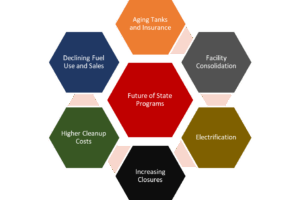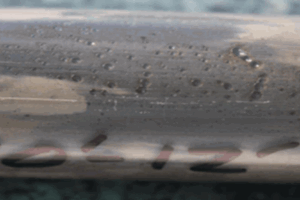LUSTLine is a publication that promotes the exchange of information in the underground storage tank community by covering topics such as release prevention, technical and regulatory compliance, and site cleanup.
To sign up for notifications when a new issue is published or to write for LUSTLine, contact lustline@neiwpcc.org.
Issue #95





LUSTLine is produced to promote information exchange on UST/LUST issues. The opinions and information stated herein are those of the authors and do not necessarily reflect the opinions of NEIWPCC or the EPA. Content from this publication may be copied. Please give credit to NEIWPCC.
With support from EPA’s Office of Underground Storage Tanks, NEIWPCC has been publishing LUSTLine since 1985. The newsletter has become the publication of record for UST matters nationwide. LUSTLine is a product of NEIWPCC. It is produced through cooperative agreements (US-83950701 and 83950601) between NEIWPCC and the U.S. Environmental Protection Agency. LUSTLine is issued as a communication service for the Subtitle I RCRA Hazardous & Solid Waste Amendments rule promulgation process.
